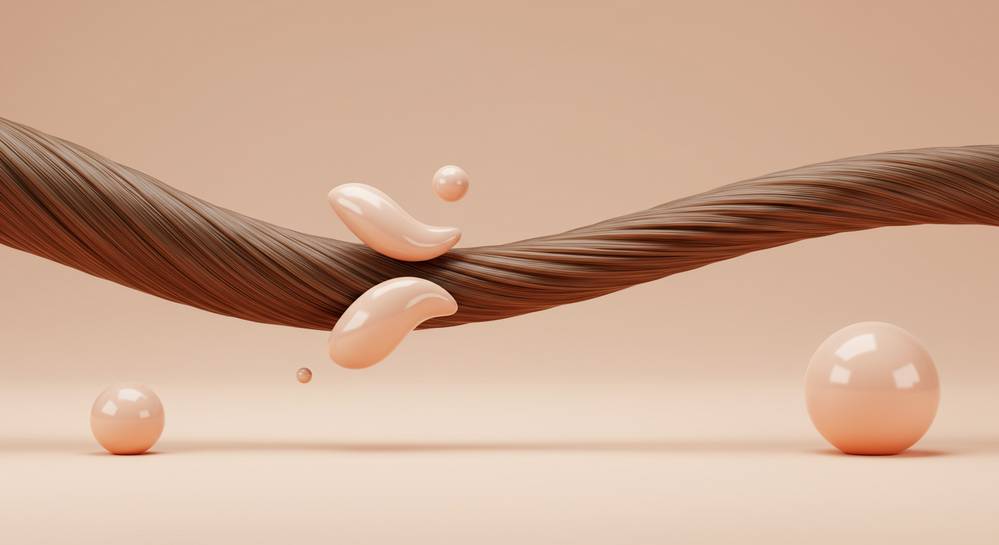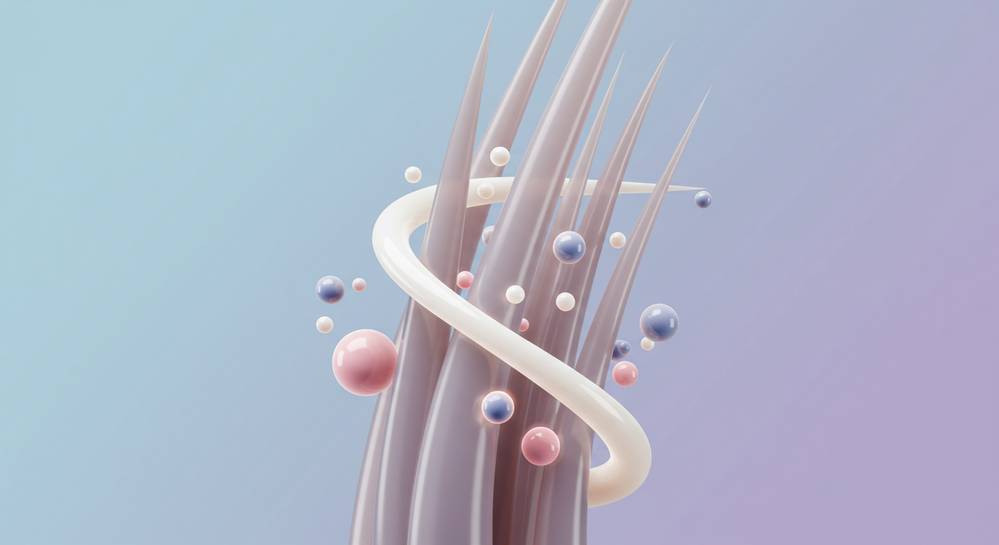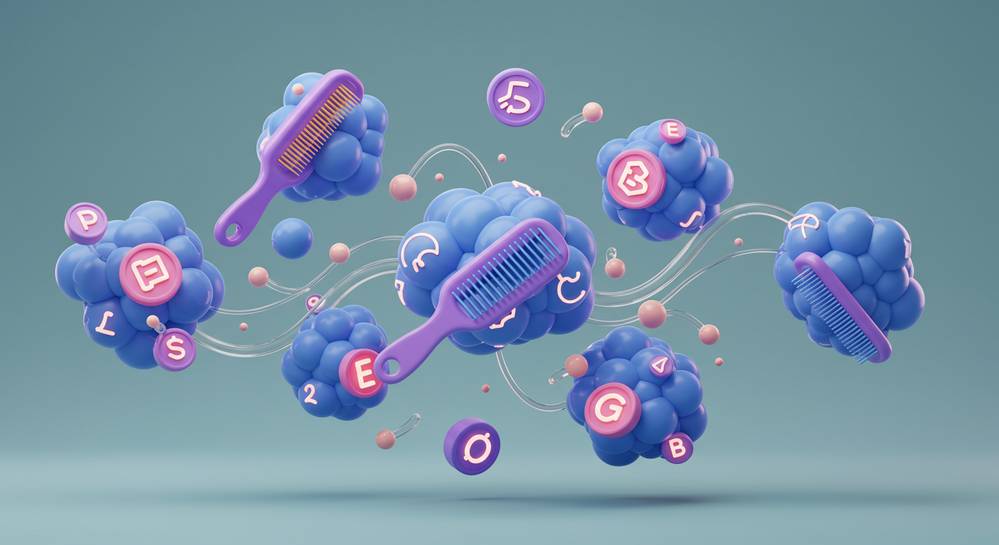Split ends are a frustrating sign of hair damage that can make hair look frizzy and unhealthy. While you cannot repair them, you can take effective steps to stop them from forming in the first place. This guide provides a comprehensive strategy on how to prevent split ends by addressing their root causes and introducing simple, sustainable habits for long-term hair health and strength.
Understand what causes split ends
A practical guide on how to prevent split ends
Split ends, or trichoptilosis, are the visible result of a damaged hair cuticle. Think of it as a frayed rope. Once the outer layer is gone, the inner core unravels. Understanding these hair breakage causes is crucial because prevention is far more effective than any cure. The damage is often cumulative, building up from daily habits and treatments until the hair finally gives way.
Key stressors that damage hair cuticles
Most damage falls into two main categories. Mechanical stress is the most common, resulting from physical actions that wear down the hair shaft over time. Chemical and heat stress, on the other hand, cause more immediate and severe structural changes.
- Mechanical Damage: This includes aggressive brushing, harsh towel drying, and tight hairstyles. These actions create micro-fractures along the hair, weakening it until it splits.
- Heat and Chemical Stress: Frequent use of styling tools and treatments like coloring or bleaching directly attack the hair’s protein bonds. Even with modern technology in hair care, excessive heat without protection is a primary cause of dryness and breakage.
Implement gentle daily hair care habits

Your daily routine is the most critical factor in the battle against split ends. Simple, mindful adjustments to how you handle your hair can preserve its integrity far better than any repair product. These gentle hair care practices form the foundation of how to prevent split ends by minimizing daily mechanical stress on the hair cuticle, which is the primary cause of fraying and breakage.
Refine your core hair care techniques
Focus on improving three key areas: washing, drying, and detangling. Each action presents an opportunity to either protect or damage your hair. By adopting gentler methods, you actively shield your hair from the cumulative stress that leads to split ends. These small changes deliver significant long-term results for hair health.
- Wash with purpose: Apply shampoo primarily to your scalp where oils accumulate. The suds will sufficiently cleanse the lengths and ends as you rinse, avoiding unnecessary stripping of moisture.
- Rethink your towel: Instead of rubbing vigorously, gently squeeze and blot your hair with a microfiber towel. This reduces friction on the cuticle and also helps manage frizz.
- Detangle strategically: Use a wide-tooth comb, especially on wet hair. Always start from the ends and gradually work your way up to the roots to gently remove tangles without causing breakage.
Minimize damage from heat and chemical treatments

Heat and chemical exposure are among the fastest routes to hair breakage. While styling and coloring can be part of your look, smart management is essential. Adopting cautious habits is a vital part of how to prevent split ends. This means creating a buffer between your hair and the intense stress from these processes, preserving its health and structure for the long term.
Adopt smarter styling strategies
Protecting your hair does not mean giving up styling entirely. It means being strategic. By incorporating a few key practices, you can significantly reduce the risk of creating dry, brittle ends. These methods work by minimizing direct damage to the hair cuticle.
- Use a heat protectant: This is a non-negotiable first step. A quality protectant creates a thermal shield, reducing moisture loss and damage from hot tools.
- Lower the temperature: High heat is often unnecessary. Use the lowest setting that achieves your style. Many advancements in beauty tech offer tools with precise heat control for this purpose.
- Schedule recovery time: Give your hair breaks from heat styling. Also, extend the time between chemical treatments to allow your hair to regain its natural strength and resilience.
Combine internal nourishment with regular maintenance

Truly healthy hair is built from the inside and maintained from the outside. While gentle habits are crucial, they must be paired with proper nutrition and proactive care. This dual strategy is the most sustainable way to prevent split ends long-term, creating hair that is resilient by design. It addresses both the foundation of hair growth and the inevitable wear and tear of daily life.
Nourish your hair from the inside out
Your hair is a direct reflection of your diet. Strong, resilient strands are built from the vitamins and minerals you consume. Prioritizing certain nutrients provides the essential building blocks for healthy hair growth and helps prevent the weakness that leads to breakage.
- Protein: As the core component of hair, ensure a steady supply from sources like lean meat, beans, and eggs.
- Biotin and Iron: Deficiencies in these are directly linked to hair brittleness and weakness. Find them in nuts and leafy greens.
- Healthy Fats: Omega-3 fatty acids, found in fish and seeds, are vital for hydrating the hair and scalp.
Embrace the power of regular trims
Once a hair splits, it cannot be permanently mended. The only effective solution is to remove the damage. Regular trims every 6 to 8 weeks are essential not for losing length, but for preserving it. By cutting off the damaged ends, you stop the split from traveling further up the hair shaft, preventing more significant breakage later.
Preventing split ends is an ongoing commitment to gentle care, not a one-time fix. By understanding the causes of damage and implementing protective daily habits, smart styling choices, and a consistent trim schedule, you can keep your hair strong, smooth, and healthy. For more expert advice on achieving your hair goals, explore the resources at Beauty Buzz 365.




